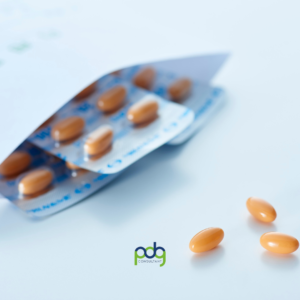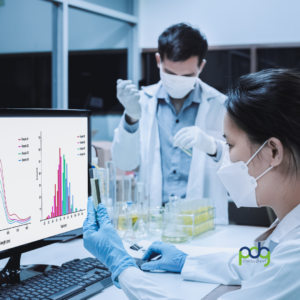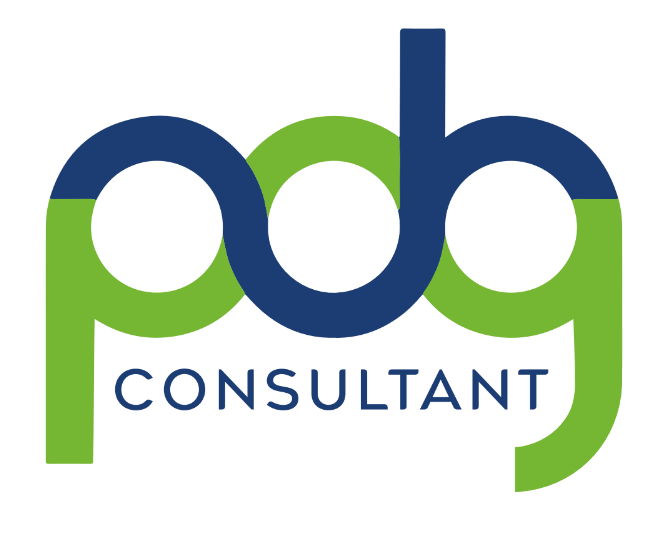Pharmaceutical packaging is a crucial part of the drug supply chain, ensuring not only the physical protection of products but also their safety, authenticity and regulatory compliance. Despite its importance, packaging faces various challenges that can compromise drug quality and the efficiency of the distribution chain. This blog will discuss the main problems in pharmaceutical packaging and the most effective solutions to solve them.

Why is pharmaceutical packaging so important?
Packaging in the pharmaceutical industry has multiple functions, including:
- Protection: Prevents contamination of the medicine during transport and storage.
- Identification and traceability: Allows product verification and tracking from manufacturing to distribution.
- Regulatory compliance: Ensures that the medicine complies with local and international regulations, such as those established by the FDA wave EMA.
Despite its relevance, the packaging process can face significant challenges that affect both product safety and operational efficiency.
Key challenges in pharmaceutical packaging
1. Package integrity failures
One of the most serious problems facing drug manufacturers is the breakdown of packaging integrity. This can occur due to a number of factors:
- Defects in the material: Some packaging may be fragile or not very resistant to external factors such as humidity, light or pressure.
- Improper packaging process: If correct procedures are not followed, products may be improperly sealed or damaged.
Solution
- Choose high-quality packaging materials that are resistant to factors such as moisture and light.
- Invest in modern machinery that ensures proper handling and sealing of products.
- Conduct regular inspections of the packaging process to detect potential failures in time.
2. Labeling errors
Pharmaceutical labelling is a vital part of product traceability and safety. Label errors, such as incorrect or illegible information, can lead to serious risks, such as the distribution of incorrect medicines.
Solution:
- Use automatic labeling systems that minimize the risk of human error.
- Implement comprehensive quality controls to verify that each label is correct before the medicine reaches the consumer.
- Include QR codes or tracking technologies to facilitate traceability.
3. Compliance with rules and regulations
Failure to comply with packaging regulations can result in legal penalties and issues with regulatory authorities. Regulations vary by country or region, making it necessary for companies to be aware of all applicable regulations.
Solution:
- Stay up to date on local and international regulations, such as the Delegated Regulation 2016/161 of the European Union for the traceability of medicines.
- Have a specialized compliance team that can adapt packaging processes to legal requirements.
4. Cost optimization without compromising quality
The pressure to reduce costs without compromising packaging quality can lead to poor decisions, such as using low-quality materials or reducing steps in the quality control process.
Solution:
- Find efficient packaging solutions that reduce costs without compromising product safety and quality.
- Conduct a thorough supplier analysis to ensure materials are both cost effective and high quality.
- Implement continuous improvement processes in the supply chain to optimize efficiency.
5. Logistics and distribution
The packaging process does not end with the creation of the package; distributing medicines is also a challenge. Packaging must be designed in a way that facilitates handling and transport, avoiding damage during travel.
Solution:
- Incorporate advanced technologies such as RFID or bar codes on packaging to facilitate tracking and handling in logistics.
- Ensure that packaging is robust enough to withstand transport conditions without compromising the quality of the medicine.
How to solve challenges in pharmaceutical packaging
- Adoption of new technologies: Use automatic packaging, quality control and medication tracking systems.
- Better staff training: Ensure that employees understand the importance of proper packaging and are well trained in procedures and regulations.
- Continuous improvement: Conduct regular audits to identify areas for improvement and optimize packaging processes.

Frequently Asked Questions About Pharmaceutical Packaging
Why is traceability important in pharmaceutical packaging?
Traceability ensures that medicines are authentic and in proper condition, allowing tracking from manufacturing to distribution.
What regulations do I need to follow to comply with pharmaceutical packaging standards?
You must comply with local and international regulations, such as the guidelines of the EMA and the FDA, and specific regulations of the country where you operate.
How can I improve efficiency in my packaging process?
By implementing automated technologies, optimizing the use of materials and performing rigorous quality controls.


